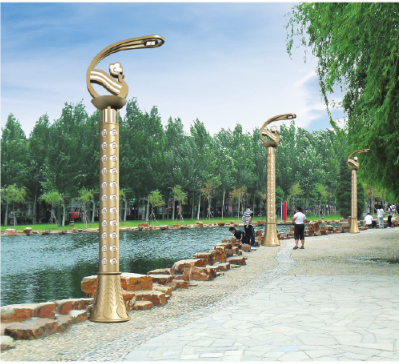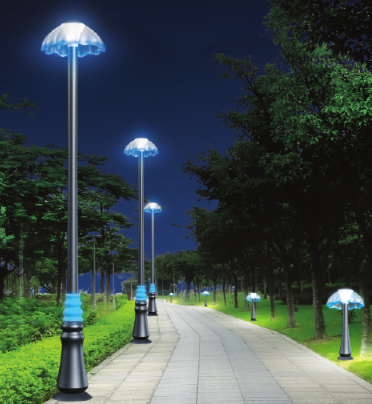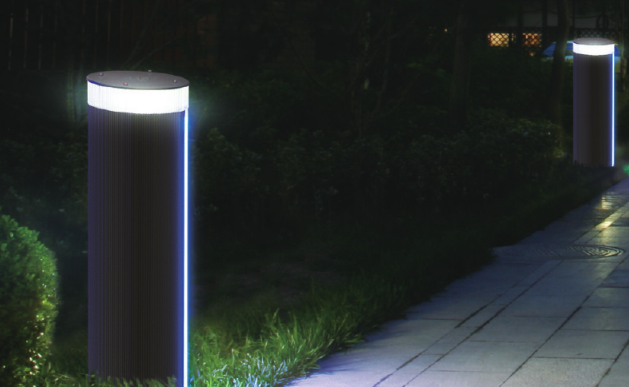Innovative ceramic method simplifies LED heat dissipation design
This article will explain this theoretical approach, proof of concept, and how these improvements can be achieved with ceramic heat sinks. Computational fluid dynamics (CFD) based simulation processes support thermal optimization and product process design.
It is understandable that a light-emitting diode ( LED ) is prevented from becoming an ideal light source due to the problem of heat generation. We pay a lot of attention to the heat sink, but we don't think much about the layers and barriers between the LED and the heat sink surface.
In addition to simplifying system implementation, changes in concepts and materials can significantly improve thermal management capabilities and reliability. The use of ceramics as a heat sink, circuit carrier, and part of product design requires not only new ideas, but also the willingness to overcome traditional models.
What is heat?
As we all know, LED is an energy-efficient light source, and because of its small size, it is loved by designers. But they can only be called "small" only when they are not involved in thermal management. Although the operating temperature of an incandescent light source is as high as 2500 ° C, the LED light source temperature is much lower. Therefore, many designers finally realized that heat dissipation is a problem that cannot be ignored. Although the LED still heats up, its temperature is relatively low, so this won't be a big problem. However, based on semiconductor device LEDs, the operating temperature should be below 100 °C.
According to the law of conservation of energy, heat (energy) must be transmitted to a nearby area. The LED can only operate between an ambient temperature of 25 ° C and a maximum temperature of 100 ° C with a temperature difference of only 75 ° C. Therefore, a large heat dissipation surface and very efficient thermal management are required.
Two optimization blocks
As shown in Figure 1, Group1 is the LED itself, which is still largely untouchable. The center position is the LED die and a heat sink copper strip that connects the die to the bottom of the LED. From a thermal point of view, the ideal solution is to bond the LED die directly to the heat sink. Due to mass production, this concept is not commercially viable. We see LEDs as a standardized "catalog" product that cannot be changed. It is a black box.
Figure 1: Three Groups are built into a thermal management system when defining optimized blocks
Group2 includes a heat sink whose function is to transfer heat from the heat source to the heat sink. Usually, the surrounding air is either free flowing or forced convection. The more unobtrusive the material of the radiator, the more it needs to be hidden. However, the deeper it hides, the lower its cooling efficiency. Of course, materials with suitable appearance and performance can also be selected. These materials can be directly exposed to the air and become a visible part of the product design.
Landscape Lamp lighting is decorative light source configuration of city garden landscape,cultural and recreational square and large-scale social activities widely used and essential,is a decorative lighting products.Our company's landscape lighting products mainly have Decorative landscape lamp,Alumiunm alloy Lawn lamp,Alumiunm profile Garden Lamp.



Rod material diverse use of flexible,light,sound,light,electricity three-in-one,structure and morphology in different poses and with different expressions,beautify,lighting,green organic combination,light and shadow,perfect crystal lamp and art.
Landscape Lighting Series,Landscape Lighting Kits,Landscape Lighting Led,Landscape Lighting Wire
Jiangsu chengxu Electric Group Co., Ltd , http://www.chengxulighting.com